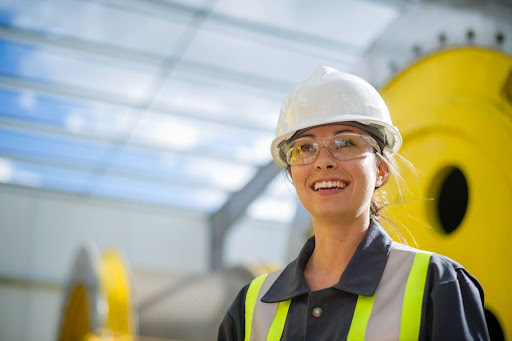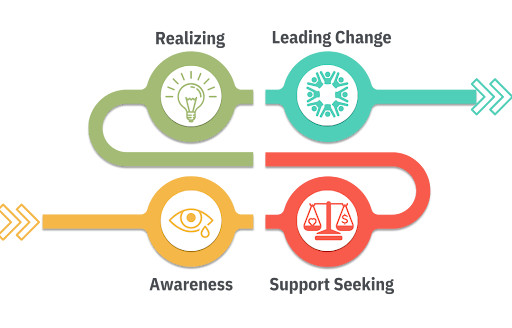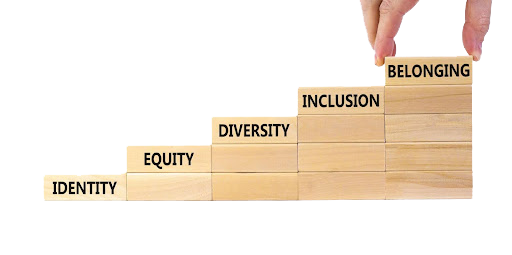Almost since its inception, the IMII has worked to help the minerals industry build a workforce representative of the communities in which it operates. IMII believes that an inclusive and diverse workforce is both key to the success of the industry and a hallmark of a fair society. To these ends, we’ve embraced diversity and inclusion in our workforce development efforts, including the Diversity & Inclusion Challenge program, which ran from 2017 to 2021 and supported 11 different projects, and a decision to take a deeper look into ways to drive it forward.
IMII was excited to have the opportunity to support a study on allyship—Transforming Experiences into Solutions: A Multiphase Interdisciplinary Study on Recruitment and Retention of Women in Saskatchewan Engineering and Mining. This study, led by Jocelyn Peltier-Huntley, has resulted in some exciting action in the minerals industry.
Let’s dive into the project!
Gender Equity in Mining
According to a Canadian Mining Workplace Profile, the representation of women in mining was just 16.8% in 2023.
Jocelyn, the leader of the research project, worked in the mining industry for 13 years as a mechanical engineer. Her main roles were related to project management in British Columbia and Saskatchewan. As a woman in the field, she noticed she was often the only woman on site or in the room.
A few years ago, mining companies started announcing their gender parity goals, and Jocelyn wondered how they would reach them. This inspired her to go back to school to achieve her Master’s from the University of Saskatchewan with a focus on the barriers women face in mining.
She put a call out across the country and had 540 participants in her survey. The main finding of the study was that discrimination and harassment were a large barrier for women entering and staying in the mining sector.
Not long after Jocelyn completed her Master’s degree, IMII put a call out for research proposals that caught her attention. This seemed like the perfect opportunity for Jocelyn to work with the mining industry to implement real change.
Around the time she submitted her proposal for a research project, Jocelyn went back to work on her PhD. By the time she’d received approval for the project, Jocelyn had a full picture of the existing research. With the help of funding from IMII and Mitacs, she dove right in.
Stage 1: Gathering Information
The first step of Jocelyn’s research was a review of the existing literature on allyship across many industries. She noted two important gaps:
- A lack of practical information about what allyship looks like in practice.
- No action was outlined about how to encourage people to become allies.
Stage 2: Developing the Ally Activation Model
In this stage, Jocelyn and her team asked people to nominate peers they saw as allies and then refer them to her. She and her team conducted interviews and collected data surrounding allyship.
The common themes they found were:
- People start in a state of unawareness.
- They enter the awareness stage by witnessing or experiencing something negative, often discrimination, harassment or inequity. This awareness causes a shift in a person’s understanding of how they fit into the world. They seek support by reaching out to friends or contacts.
- If they don’t get the help they need, they may leave the profession, workplace, or industry.
- If they feel validated and achieve justice, they often want to help others.
- The next phase is realizing the information they’ve acquired. This step is often where people are introspective, begin to understand their sense of identity, and build some confidence around who they are. A key part of this phase is also learning and education, understanding how others fit into the equation. This can happen over a long time, but Jocelyn believed training could speed this up.
- Finally, they’re activated to help others.
From this information gathering, Jocelyn created and refined the Ally Activation Model:





